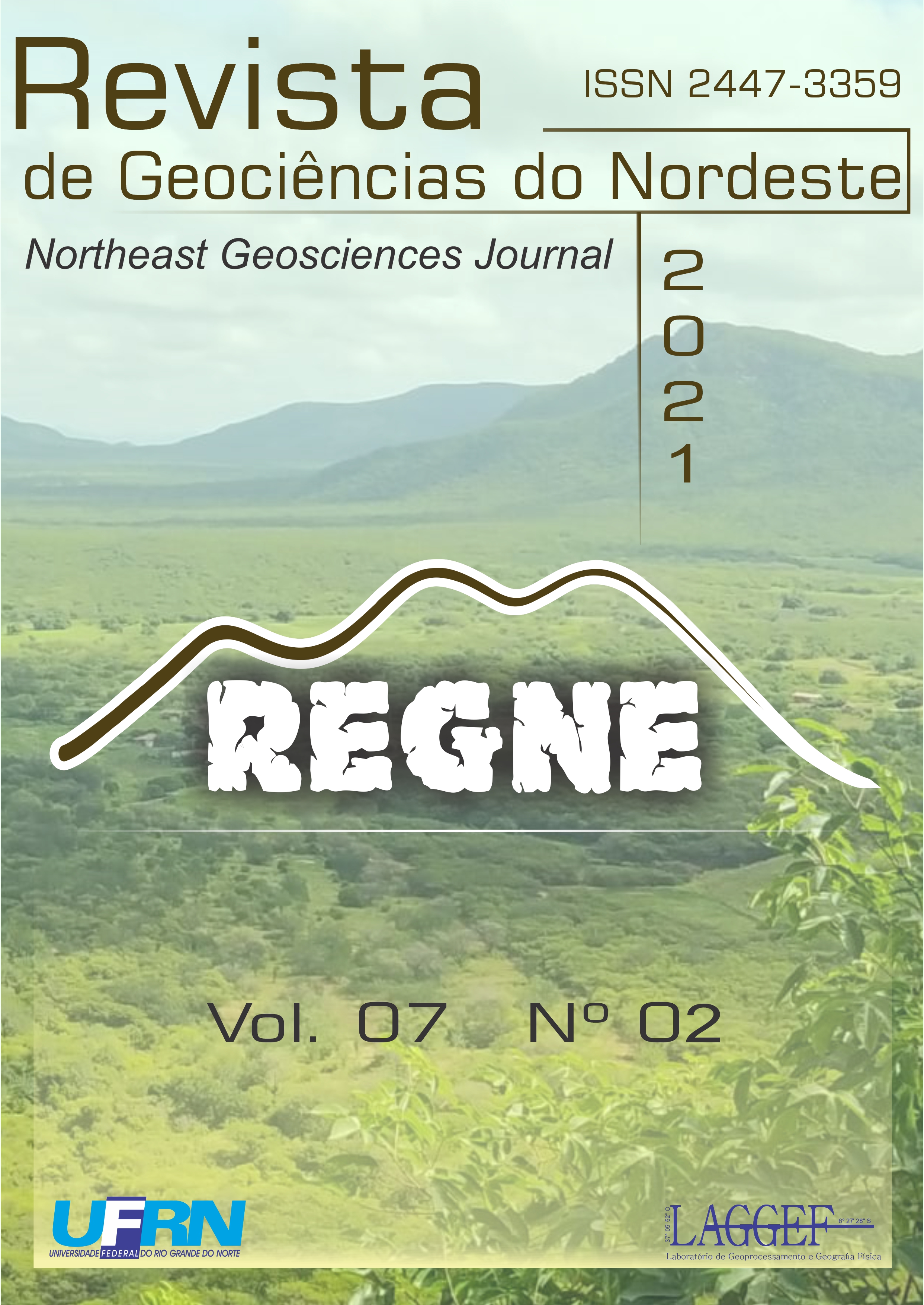Use of terrestrial digital photogrammetry in the classification of fractured rock mass.
DOI:
https://doi.org/10.21680/2447-3359.2021v7n2ID23403Abstract
The present work aims to discuss rock mass data acquisition methods. The study area is a deactivated gravel quarry, located in Belo Horizonte (Minas Gerais state, Brazil) where migmatized gneisses outcrop, with frequent rockfalls. The acquisition methods employed were the traditional slope mapping and remote method with digital terrestrial photogrammetry. The Slope Mass Rating (SMR) classification was applied. The results showed differences in the structures detection ranges, where the photogrammetry was more complete with more discontinuity data than traditional mapping, but with the exception of oblique structures. This deficiency is explained by the fact that the study slope is subvertical, without hollows and protrusions, which often allow the detection of discontinuity traces rather than planes. However, even in these cases, photogrammetry proved to be important as it allows the characterization of the entire slope, which is impossible by the traditional method. Low SMR values for planar a wedge failures coincides with the rockfall observation, in spite of overall stability.


 Português (Brasil)
Português (Brasil) English
English







